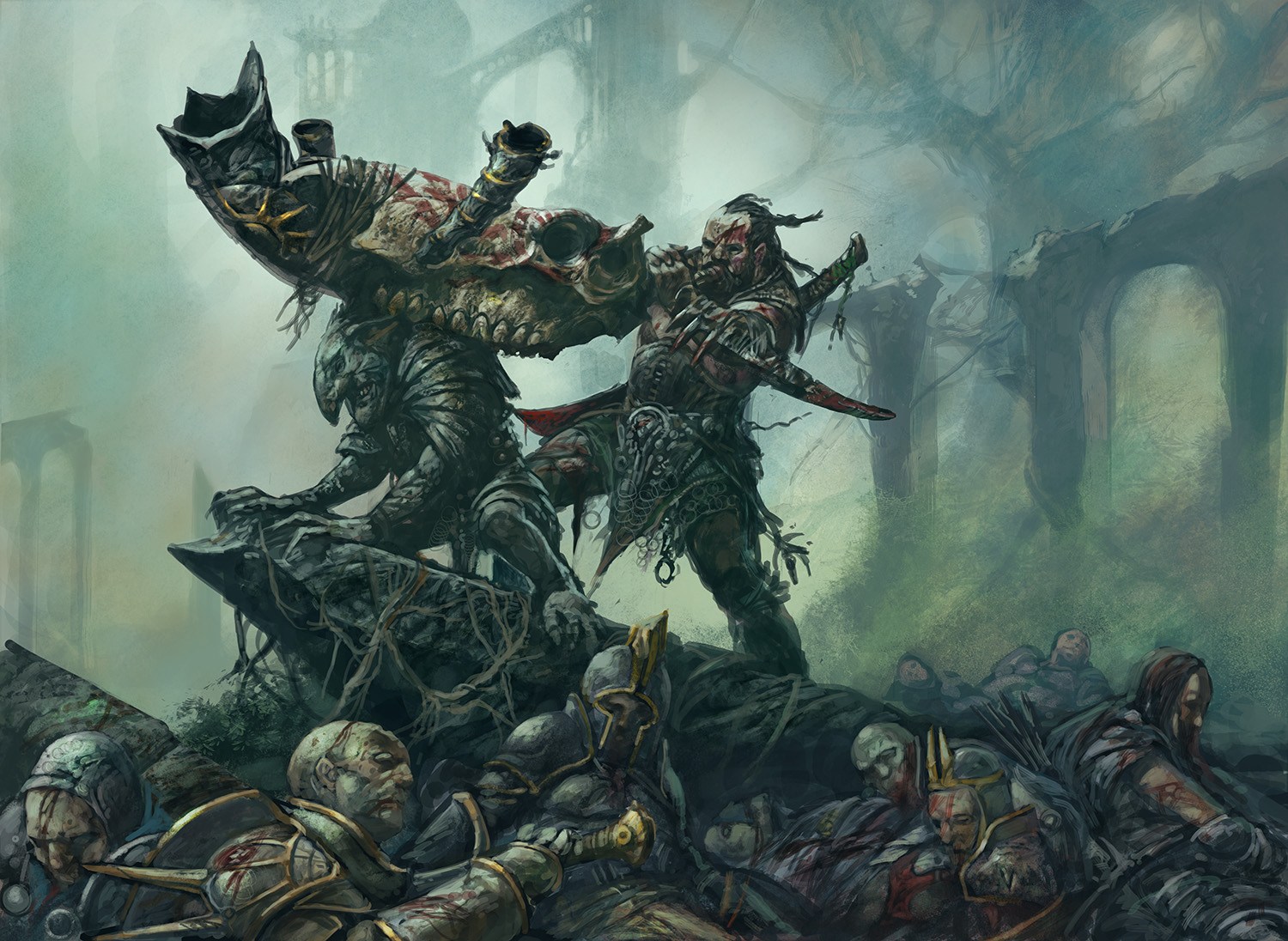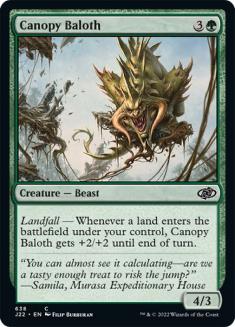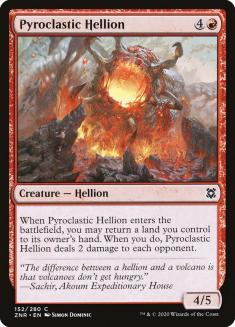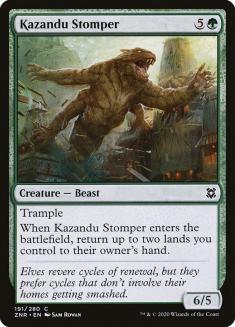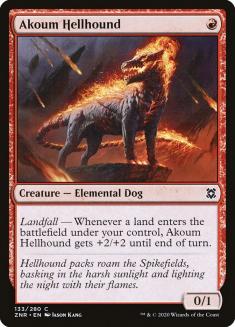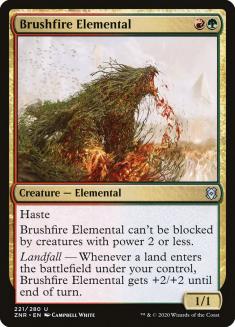One of the skills that separates the good drafters from the great drafters is the ability to discern when to pivot. Not every draft is a smooth experience. Sometimes the beginning of Pack 1 leads down a Dimir path, but pivoting to Boros near the end of the pack will yield a better deck. Understanding how and when to pivot is a crucial piece of any Limited aficionado’s arsenal, and my goal today is to provide three tips to help strengthen this skill.
Pivoting: The Levels
Before delving into these tips, it’s important to first provide background on signals. During a draft, picks contain more information than just the options for the drafter’s deck. The cards that are missing can contain quite a bit of information about what the player to the right is drafting. Furthermore, the memory of which cards are passed to the left can also provide information on what the player to the left may be drafting. This is referred to as reading and sending signals, respectively.
Signals, and more importantly memory, are a key component to each of these tips related to pivoting. Not every tip is directly connected to reading signals; however, the memory of what you see and what you pass informs the ability to pivot. If you’re curious on how to hone memory skills and what that means for draft navigation, I write about it quite extensively in my article From Picks To Paths.
Pivoting Level 1: Pivoting is simply moving into the open archetype.
The connection between pivoting and reading signals is because, in the general case, pivoting is considered the correct decision when moving from a closed archetype to an open archetype according to those signals. However, pivoting is quite a lot more than that.
Pivoting Level 2: It is possible to draft in such a way that you maximize the opportunity to pivot into the open archetype.
This is the “Drafting the Hard Way” camp by Ben Stark, where every single decision early in the draft is meant to keep the door open to pivot into the open archetype, should that opportunity present itself. Level 1 is simply seeing, “Wow, that’s a late gold card. I’ll take it because that archetype is open.” Level 2 is an upgrade to thinking ahead, thinking, “I will take this blue card over this red card because I have many blue cards in my pool and so I am very likely to play this blue card. This gives me the opportunity to capitalize on late gold cards without giving up my early picks, as long as the gold cards are blue.”
But how could there be some level higher than “Drafting the Hard Way”? Well, this is no longer about staying open. This is the stage where pivoting breaks away from reading signals and drafting the open archetype, where it becomes a more general strategy that many players don’t talk about.
Pivoting Level 3: Pivoting describes any maneuver that alters the strategic implications of the deck. It does not mean “moving into the open archetype,” although that is the most obvious example. In fact, one can pivot between two different strategies within the same color pair!
Just because an archetype has a reputation due to a gold card or popular opinion does not mean that is the only way to play it. Consider Gruul in Zendikar Rising. Brushfire Elemental suggests an aggressive landfall deck; however, the more common variant is a top-heavy midrange deck trying to curve Canopy Baloth into Pyroclastic Hellion into Kazandu Stomper.
Three weeks ago, I wrote an article about how knowing Akoum Hellhound may wheel can shift the manner in which I draft. That is absolutely due to the potential for a pivot. I can lean towards a normal Gruul deck, which will still leverage my first pick of Skyclave Geopede very well. However, by making some more aggressively slanted picks, I can capitalize on wheeling Akoum Hellhound.
The average Gruul deck is certainly best as that expensive midrange deck, but the best Gruul deck is a super low-to-the-ground landfall aggro deck. Understanding what those archetypes look like let me pivot from one to the other in a seamless fashion. It informed my picks in order to position myself best to make that pivot if the opportunity presented itself. And I was wonderfully rewarded with a trophy in less than an hour.
Three Key Tips for Pivoting
Pivoting is a powerful tool, and leveraging it well will yield success. Here are three tips to be able to pivot at the highest level.
Pivoting Tip 1: Project your deck.
The key to understanding whether or not it is correct to pivot is to imagine what each potential path yields. If you close your eyes and consider your current pool, what do you expect your final deck to look like? If you attempt the same exercise with a pivot into another archetype, does that deck look better? If so, it is correct to pivot.
I call this projecting. You are projecting both options into some realistic vision in order to make this decision. The reason it’s not correct to pivot all the time is that, since you’d give up your first picks, this projection yields a worse deck if you pivot. Further, the reason that it is correct to pivot when an archetype is perceived as open is that the probability of seeing a significant number of cards that are very good for that deck is high. As a result, you can project that deck more optimistically, leaving it as an enticing option.
Pivoting Tip 2: Study archetypes in depth. There are always many versions of each archetype. Understand how each archetype overlaps.
Leveraging strengths and specific interactions between cards, most importantly commons, is the name of the game. In the example I gave with Gruul, this was only possible due to an intimate understanding of the archetype – not just the classification of “midrange versus aggressive landfall,” but rather a fundamental understanding of which cards overlap. Knowing what cards overlap in archetypes is one of the most crucial parts of Draft navigation because it helps keep as many doors open as possible. Pivoting is all about keeping those doors wide open.
Naturally, over the course of any draft, the number of paths available to any player will lessen. However, there is control over the timeline in which that happens. The more effort placed in memory, signals, and archetypal knowledge, the easier it is to keep those doors open just a little longer. The longer the doors are open, the more opportunities there are to pivot into the best deck that Draft seat can offer!
Pivoting Tip 3: Don’t play it safe. Take risks. Make speculative picks.
This is the space where I see most players struggle. It is quite natural to want to play safe. But, without any speculation, you reduce the probability you can capitalize on late opportunities.
Consider the scenario where you start a draft with two reasonable white cards. Pack 1, Pick 3 gives you the option between a strong Azorius card and a good white card. What do you take in the abstract? Say the Azorius card is a better card by a noticeable margin, but doesn’t completely blow the other option out of the water or anything like that.
In my experience coaching and discussing Limited, most players take the mono-white card because “It keeps me more open.” But does it?
Passing that Azorius card almost guarantees that another player downstream will draft Azorius. Can that archetype support two players at the table? In many formats, it can’t do that very well. By taking the gold card, you are taking a risk. The monocolored card is almost 100% to make your deck. It’s a safe pick. However, it does negatively affect the probability that Azorius is the best deck for the seat.
I believe the risk of losing a playable is absolutely worth keeping Azorius as a fruitful option. There are only four white strategies, so losing access to one is a significant change in terms of the ability to pivot. And while it’s still possible Azorius is the right deck for this seat, passing that gold card will make that deck demonstrably worse, whereas taking it doesn’t make any other white archetype so much worse. In that case, you’re simply missing a solid card.
It’s this next-level-deep amount of thinking that really showcases how playing it safe in terms of “staying open” can do more harm than good. And when thinking about it as maintaining your opportunities to pivot, something that is very much all about what “staying open” is supposed to be, I think taking risks clicks. It feels more natural. And it’s a great way to succeed at this game!

